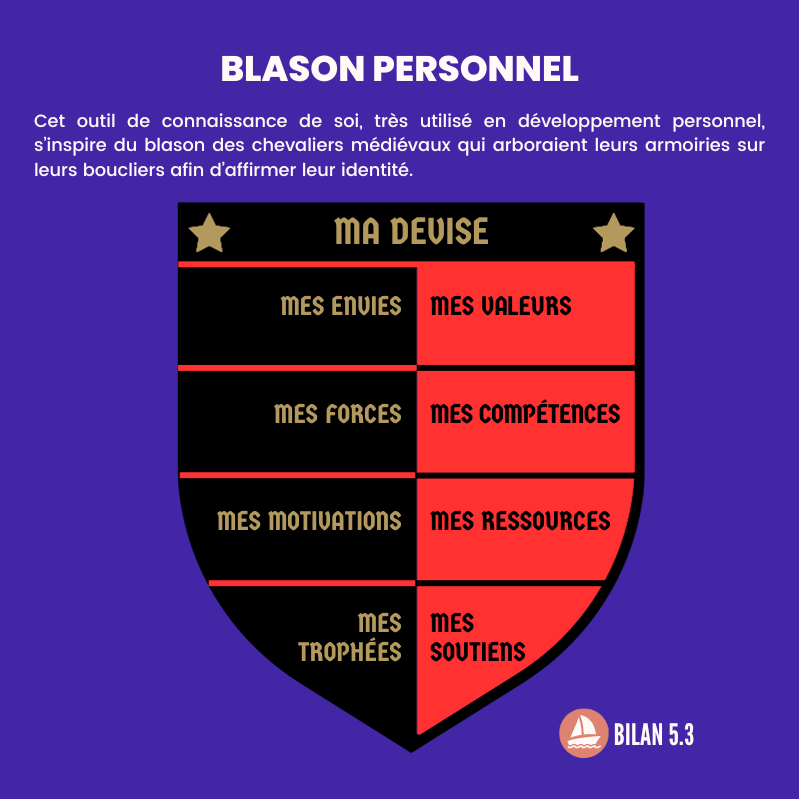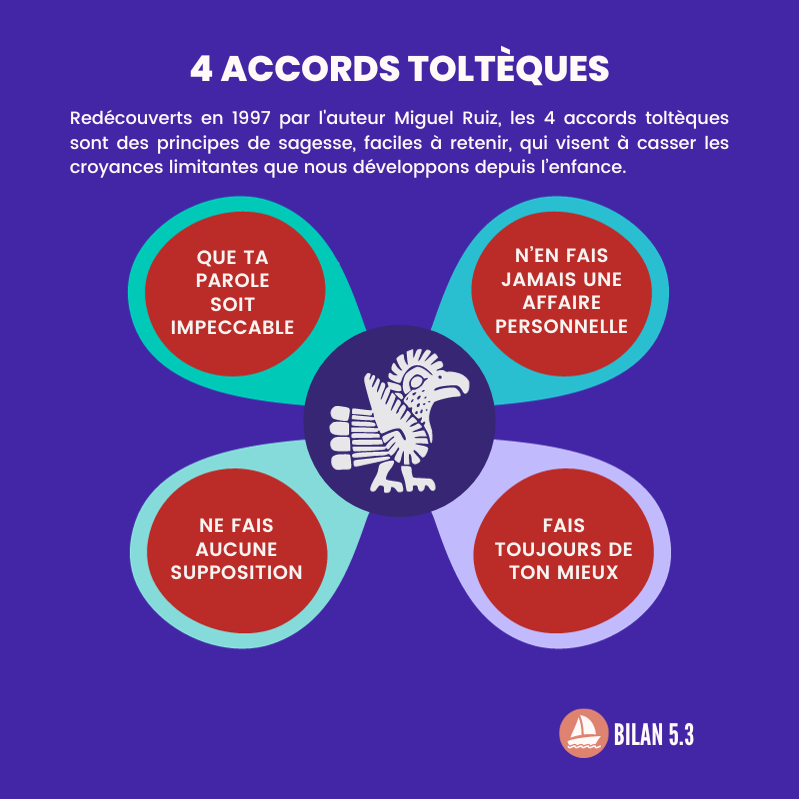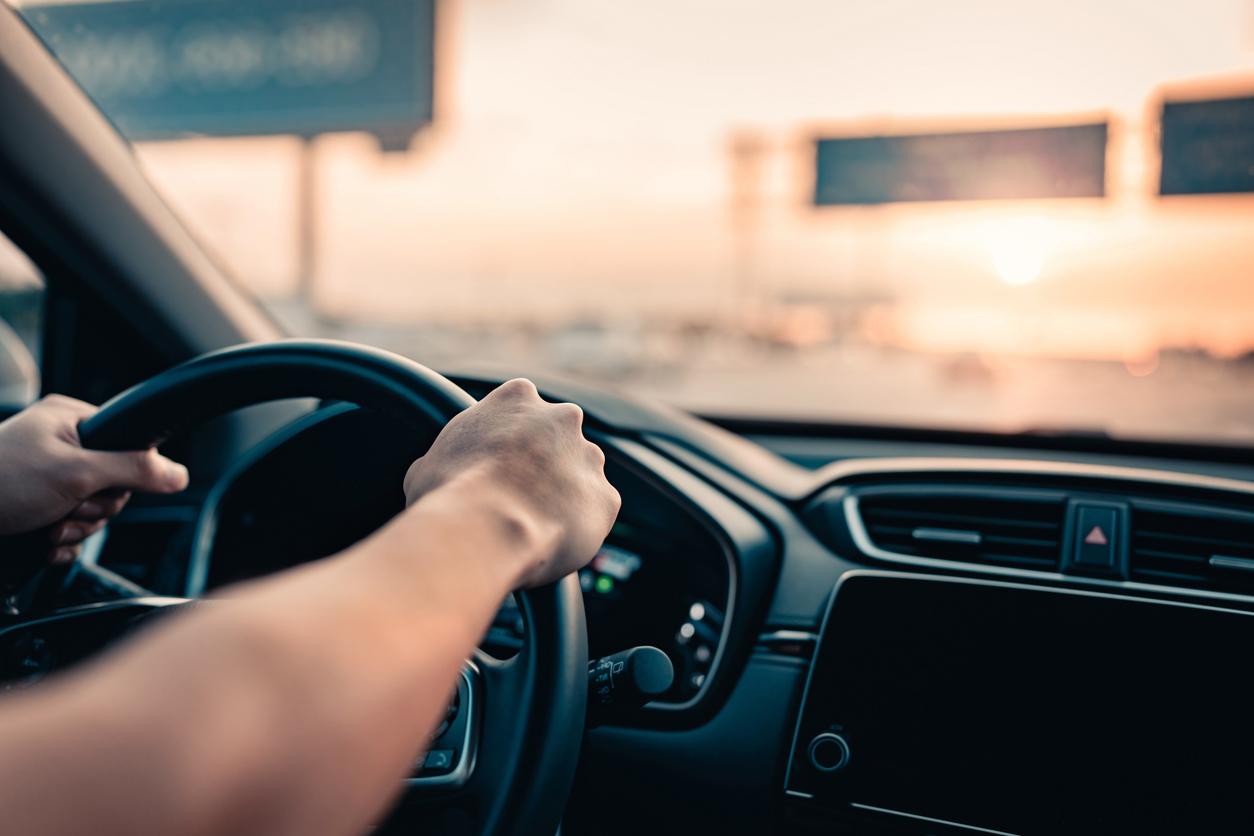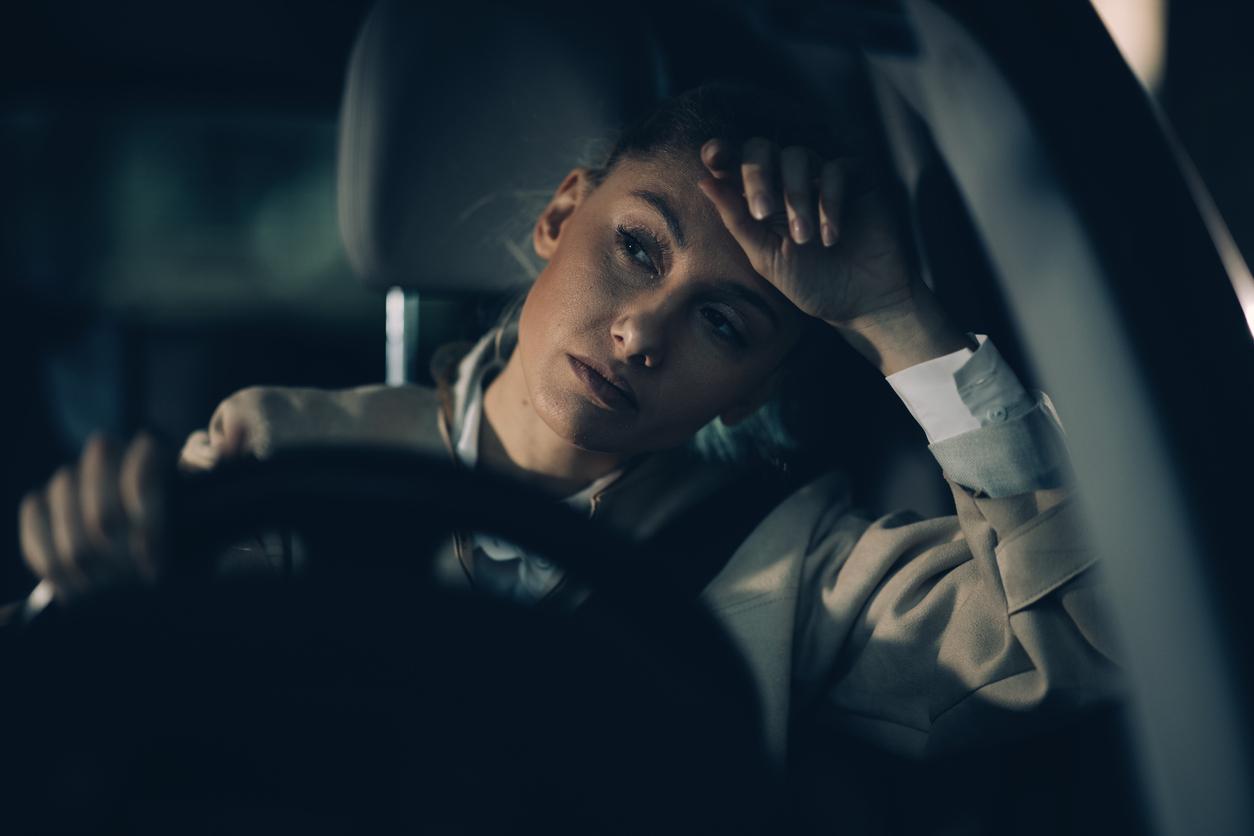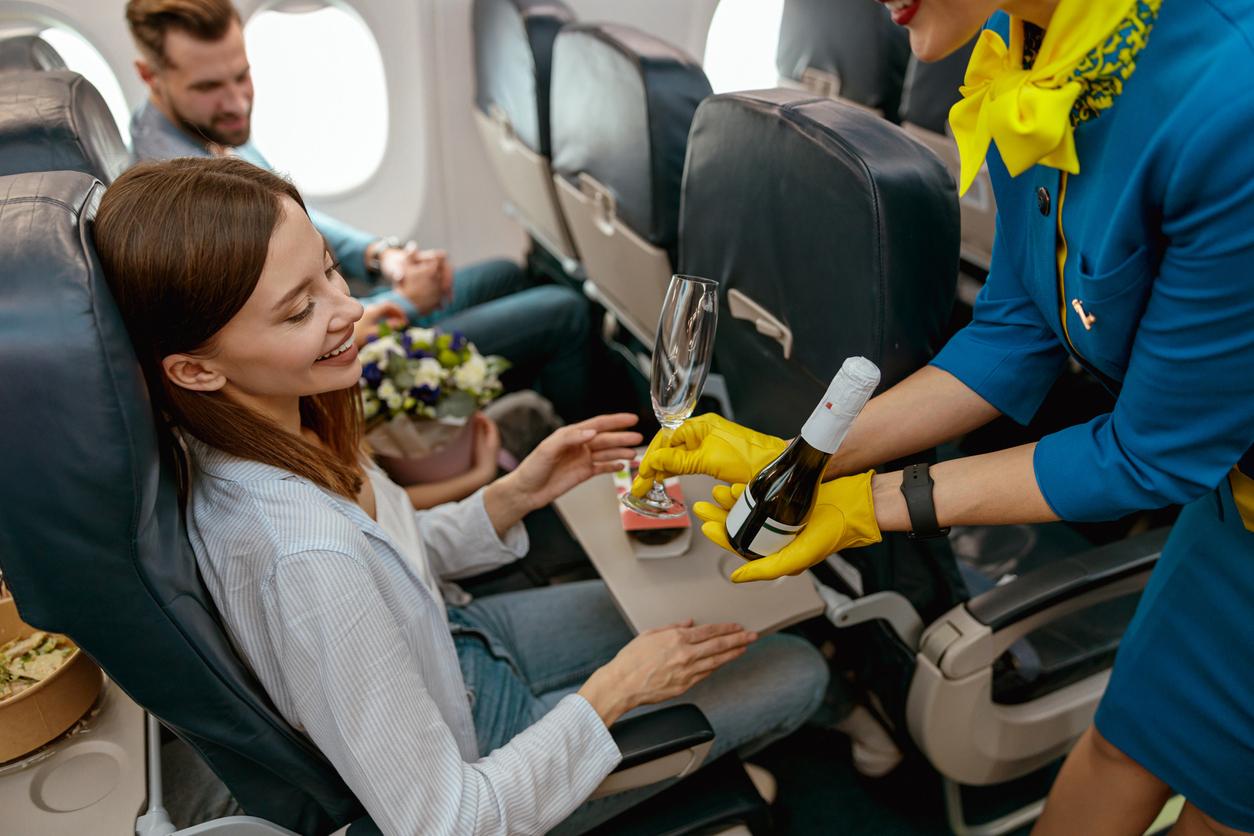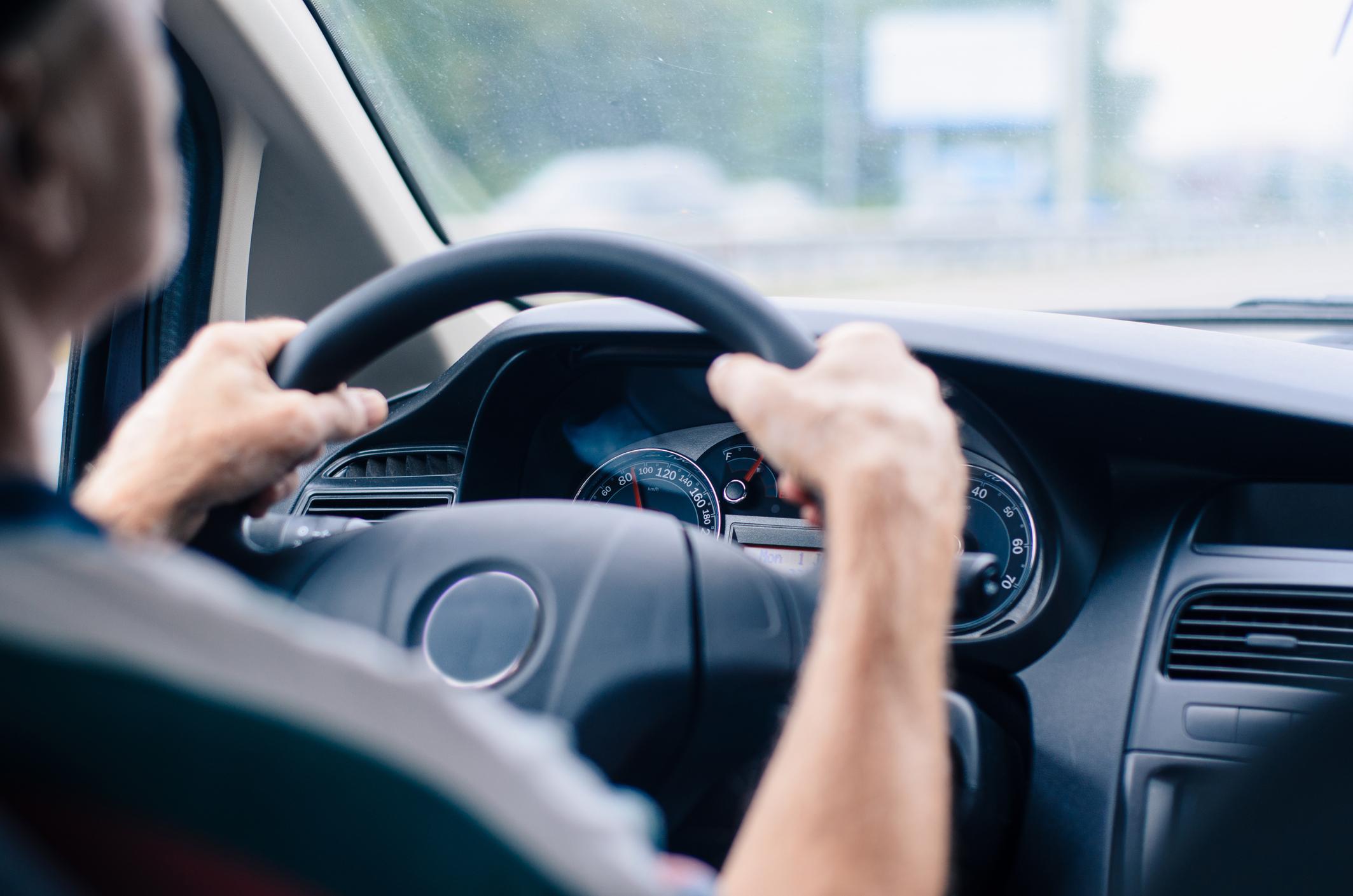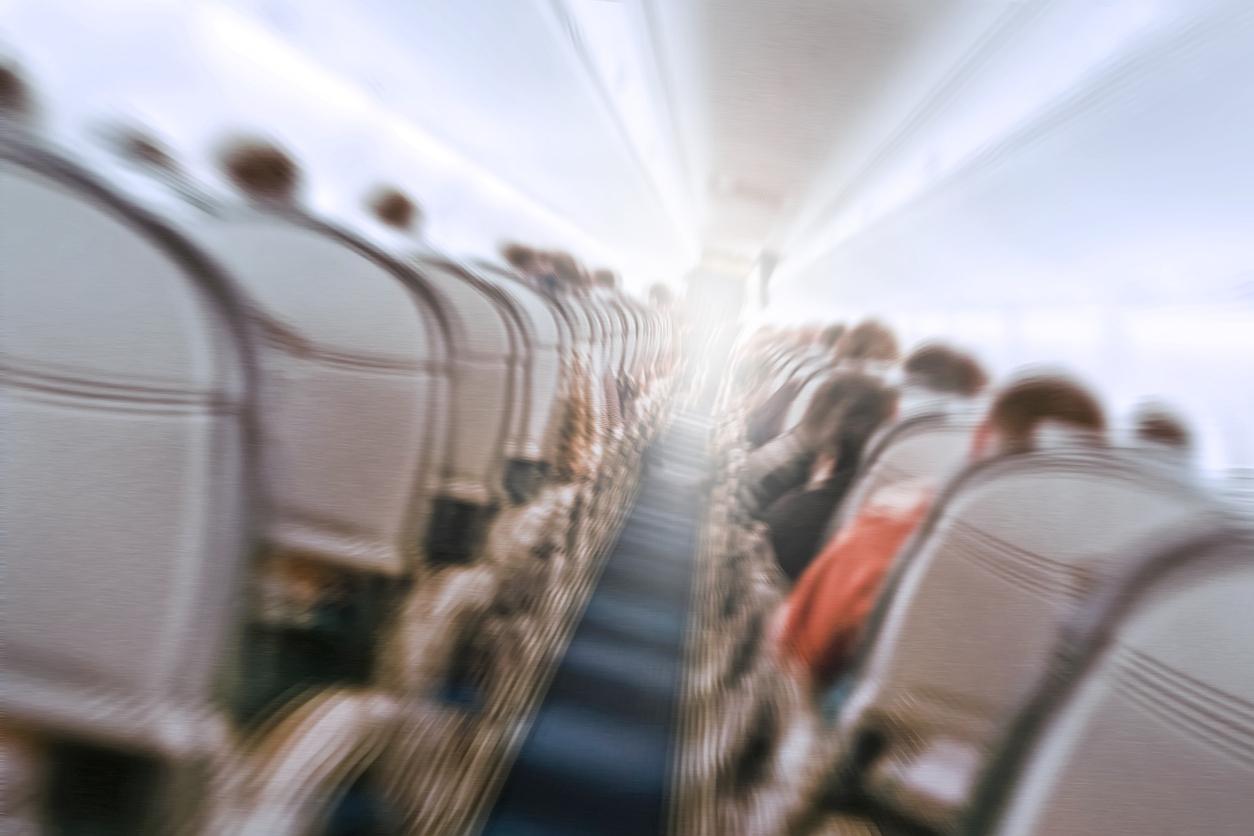By car, bus or boat… 3 million people are sick in transport. An original rehabilitation technique definitively cures 75% of patients.

In a dark room, a man stands barefoot in the center of the room. Suddenly, when he no longer has any visual cue, a light stimulation starts. A bit as if a strobe had started up, the intermittent projections of light gradually cause an illusion of movement. We are not in a nightclub, but indeed in the heart of a rehabilitation session. This man in the center of the room has been handicapped for several years by seasickness which he now wants to get rid of.
Like 3 million people in France, this patient suffers from motion sickness, commonly called motion sickness. When grandma’s tips don’t work, and the usual medications don’t work, a rehabilitation program works very well. It is practiced in certain hospital services specializing in balance disorders, but also in vestibular physiotherapists.
They are so called because they are specialists in the treatment of conditions that affect the vestibule, that small part of the inner ear which is in a way the central computer of our balance. Even if it is almost impossible to explain why so-and-so suffers from seasickness and so-and-so does not feel any symptoms when the boat pitches, what we do know is that the origin of this illness is in the ear and that we can re-educate it.
Listen to Thierry Laurent, physiotherapist and vestibular rehabilitator: “It is a neuro-sensory conflict between the vestibule which is in the inner ear and the visual entrance”
To overcome motion sickness, Thierry Laurent, physiotherapist masseur in Ariège uses several tools during these rehabilitation sessions. First, he places the patient in a rotary chair, while software records his eye movements.
The purpose of the chair is to make the patient “almost” sick, by recreating the conditions in which dizziness, nausea and even vomiting occur. The goal is to voluntarily create a sensory conflict so that the brain gradually gets used to reacting to this emergency situation. Then, the physiotherapist continues the rehabilitation session through the optokinetic part of the work. The patient is placed in total darkness with a sphere pierced with thousands of holes behind him. Inside it, a light bulb gives the person the feeling that the decor is moving.
Listen to Thierry Laurent: “It takes between 10 and 20 rehabilitation sessions that last between 15 and 30 minutes depending on how easy it is to withstand the exercises. ”
Rehabilitation sessions which can be fully reimbursed by social security from the moment the prescribing doctor clearly notes “vestibular rehabilitation” on the prescription. The results are long lasting, but this method is effective for 3 out of 4 people. Some patients remain refractory. “Vestibular rehabilitation sometimes works less well in very old patients, because the exercises are more complicated when you are very afraid of falling. On the other hand, it works really very well with the youngest, from the small child of 5 years old to people of 60 years ”, explains Thierry Laurent.
Vestibular rehabilitation can be useful in other circumstances and in the face of other pathologies. In his office, Thierry Laurent recently used his rotary chair and his luminous sphere to treat a 17-year-old girl. Following a virus which had partially destroyed her inner ear, the young woman presented balance disorders, she leaned a lot on the injured side.
Listen to Thierry Laurent: ” Unfortunately, doctors did not know enough about vestibular rehabilitation and do not always send patients to us or too late. ”
.



